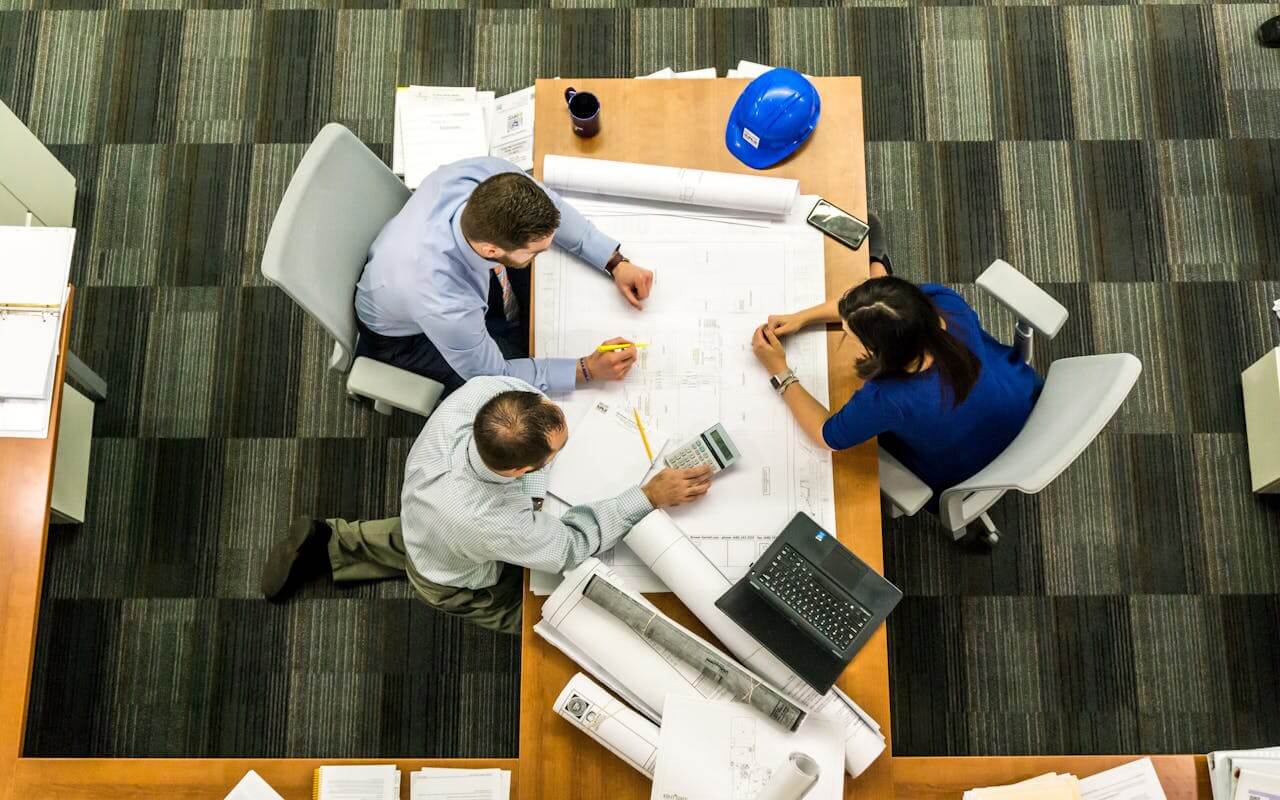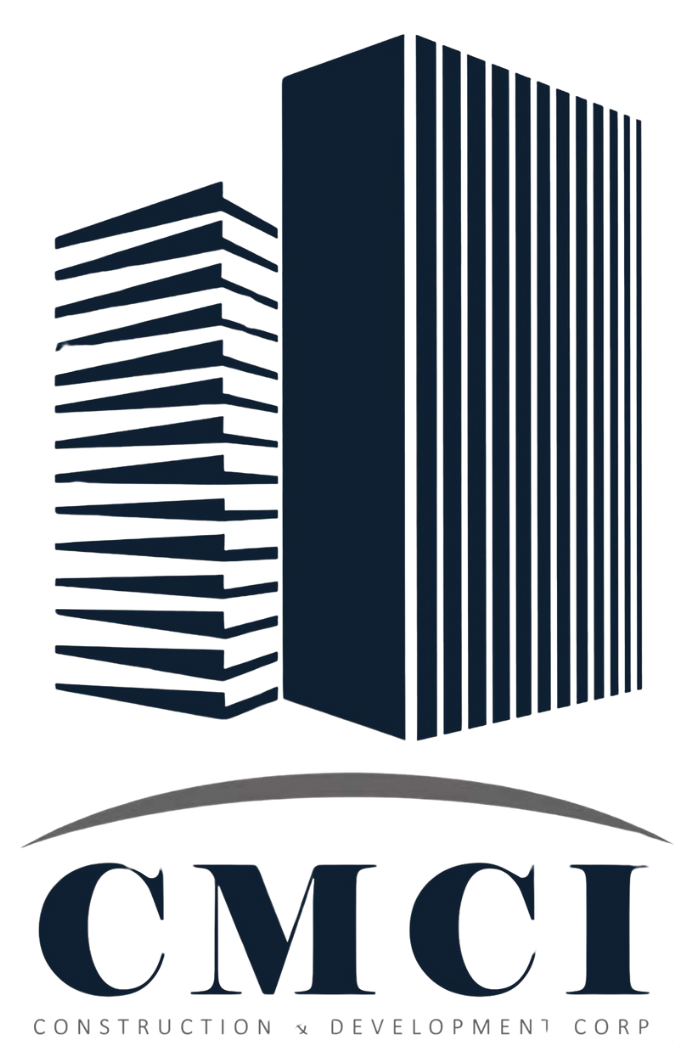- Home
- / Blog

Embarking on a design-build construction project can be an exciting yet complex endeavor. The design-build approach integrates both design and construction phases into a single, streamlined process, offering benefits such as cost efficiency and faster project completion. However, successful execution requires careful preparation and strategic planning. Here’s a comprehensive guide to help you prep for your design-build construction project and ensure a smooth journey from conception to completion.
1. Understand the Design-Build Approach
The design-build method combines the design and construction phases under one contract, promoting better collaboration and communication between the design and construction teams. This integrated approach can lead to improved project outcomes, including cost savings and reduced timelines.
Key Benefits:
- Single Point of Responsibility: A single entity handles both design and construction, simplifying communication and accountability.
- Faster Project Delivery: Overlapping design and construction phases can accelerate the overall project timeline.
- Cost Efficiency: Early collaboration often leads to more accurate cost estimates and fewer change orders.
2. Define Your Project Goals and Budget
Before starting, clearly define your project goals and establish a realistic budget. Understanding your objectives and financial constraints will guide the design-build team and help manage expectations throughout the project.
Steps:
- Identify Objectives: Outline what you want to achieve with your project, including functional requirements, aesthetic preferences, and any specific features or amenities.
- Set a Budget: Establish a budget that encompasses all aspects of the project, including design, construction, permits, and contingencies.
3. Assemble Your Project Team
Choosing the right design-build team is crucial for the success of your project. Look for a firm with a proven track record, relevant experience, and a collaborative approach.
Considerations:
- Research Firms: Review portfolios and seek recommendations to find reputable design-build firms.
- Evaluate Compatibility: Ensure that the team’s style and approach align with your project goals and communication preferences.
4. Develop a Comprehensive Project Brief
A well-prepared project brief provides the design-build team with a clear understanding of your vision, requirements, and constraints. This document will serve as a foundation for the design and construction phases.
Contents:
- Project Overview: A summary of the project’s purpose, scope, and goals.
- Design Requirements: Specific needs and preferences related to design, including space planning, functionality, and aesthetics.
- Timeline and Milestones: Key deadlines and project milestones to track progress.
5. Plan for Permits and Approvals
Navigating the permitting and approval process is an essential part of preparing for your construction project. Ensure that you understand the requirements and secure all necessary permits before construction begins.
Steps:
- Research Local Regulations: Familiarize yourself with zoning laws, building codes, and other regulations that may impact your project.
- Obtain Permits: Work with your design-build team to submit permit applications and obtain approvals from local authorities.
6. Establish Communication Protocols
Effective communication is critical for a successful design-build project. Set up clear communication protocols to ensure that all parties are aligned and informed throughout the process.
Strategies:
- Regular Meetings: Schedule regular meetings with your design-build team to review progress, address issues, and make decisions.
- Project Management Tools: Utilize project management software to track tasks, deadlines, and communications.
7. Prepare for Construction
Before construction begins, make final preparations to ensure a smooth transition from design to execution.
Tasks:
- Site Preparation: Clear the construction site and address any pre-existing conditions that may impact the project.
- Review Plans: Ensure that all design plans and specifications are finalized and approved.
8. Manage Change Requests
Changes are often inevitable during a construction project. Establish a process for managing change requests to minimize disruptions and ensure that adjustments are handled efficiently.
Tips:
- Document Changes: Keep a detailed record of any changes to the project scope, design, or budget.
- Communicate Clearly: Discuss potential changes with your design-build team and assess their impact before proceeding.
9. Monitor Progress and Quality
Throughout the construction phase, actively monitor progress and quality to ensure that the project stays on track and meets your expectations.
Actions:
- Site Visits: Regularly visit the construction site to observe progress and address any concerns.
- Quality Control: Conduct inspections to verify that work meets the required standards and specifications.
10. Prepare for Project Completion
As the project nears completion, prepare for a smooth handover and ensure that all final details are addressed.
Tasks:
- Final Inspections: Conduct a thorough inspection of the completed project to identify any issues or deficiencies.
- Handover Process: Complete the handover process, including the transfer of warranties, maintenance manuals, and other essential documentation.
Tags :
Share :
Latest Post

How Millennials Are Influencing Office Design

Maximize Work Area With These Commercial Space Solutions



